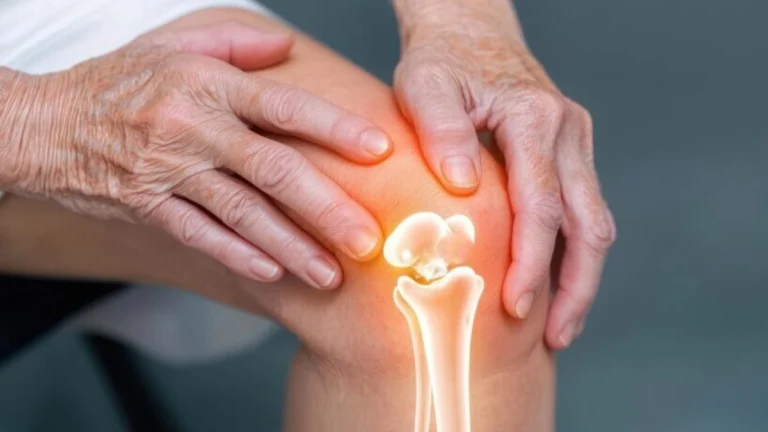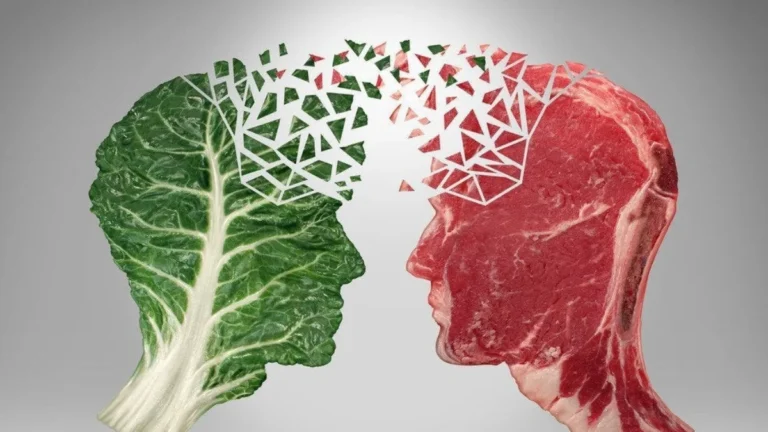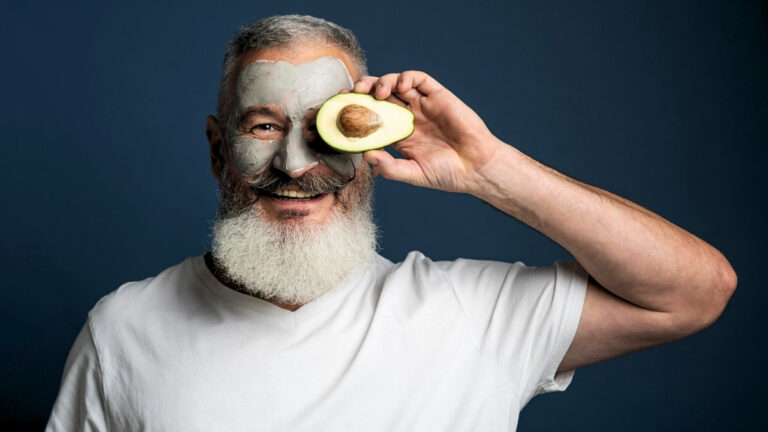Your Skin Is Thirsty For These: 15 Hydrating Foods For a Plump, Dewy Look
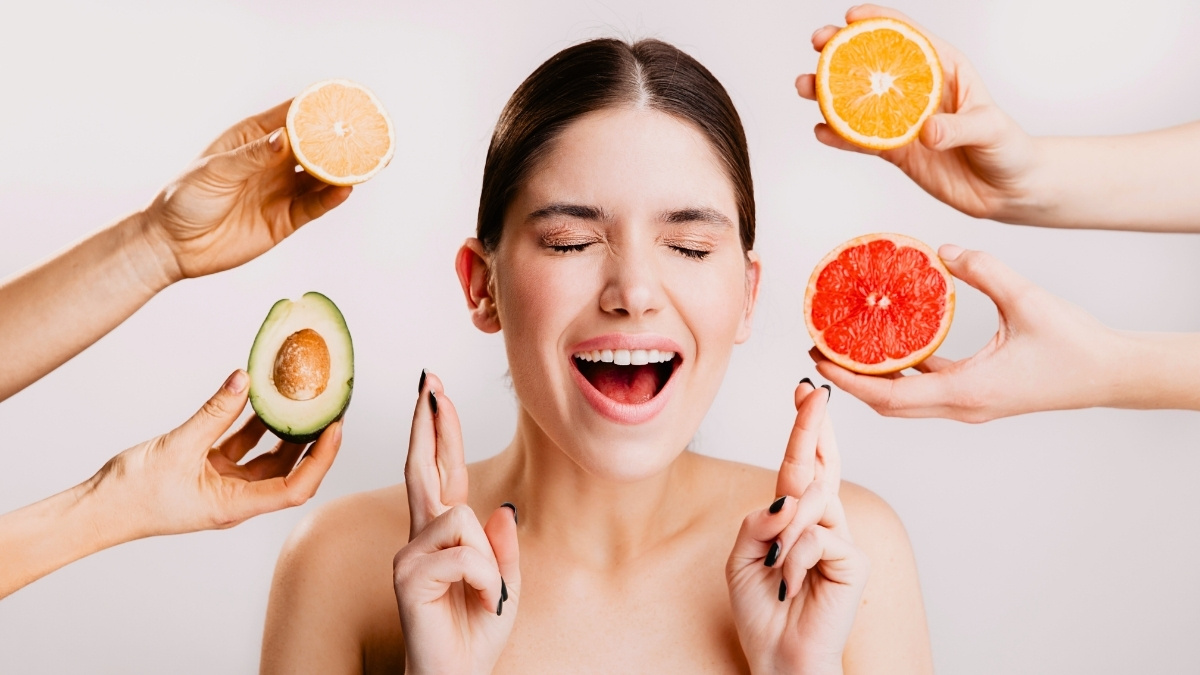
While you’re spending hundreds on serums and moisturizers, your kitchen might hold the secret to naturally hydrated, glowing skin. The hydrating foods for skin sitting in your fridge right now could work better than that expensive cream.
Here’s the problem with most skincare routines. They only reach the top layer of your skin. Your moisturizer sits on the surface while your skin cells stay thirsty underneath.
Real skin hydration from within starts at the cellular level. Your skin is an organ that needs nutrients to hold water properly. No cream can deliver what your skin cells actually need to stay plump and healthy.
Think about it this way. You can water a plant’s leaves all day, but if the roots don’t get nutrients, the plant still wilts. Your skin works the same way.
In this guide, you’ll discover 15 scientifically-backed foods that hydrate your skin from the inside out. You’ll learn why internal hydration beats expensive products every time. Plus, you’ll get practical ways to eat these foods daily for maximum dewy skin results.
These foods don’t just add water – they give your skin the tools to grab and keep that moisture. The result? Skin that looks naturally plump, smooth, and glowing without spending a fortune on products that barely work.
The Science Behind Food-Based Skin Hydration
Your skin looks dull and dry even after drinking water all day. Why? Because skin hydration from within works differently than what most people think.
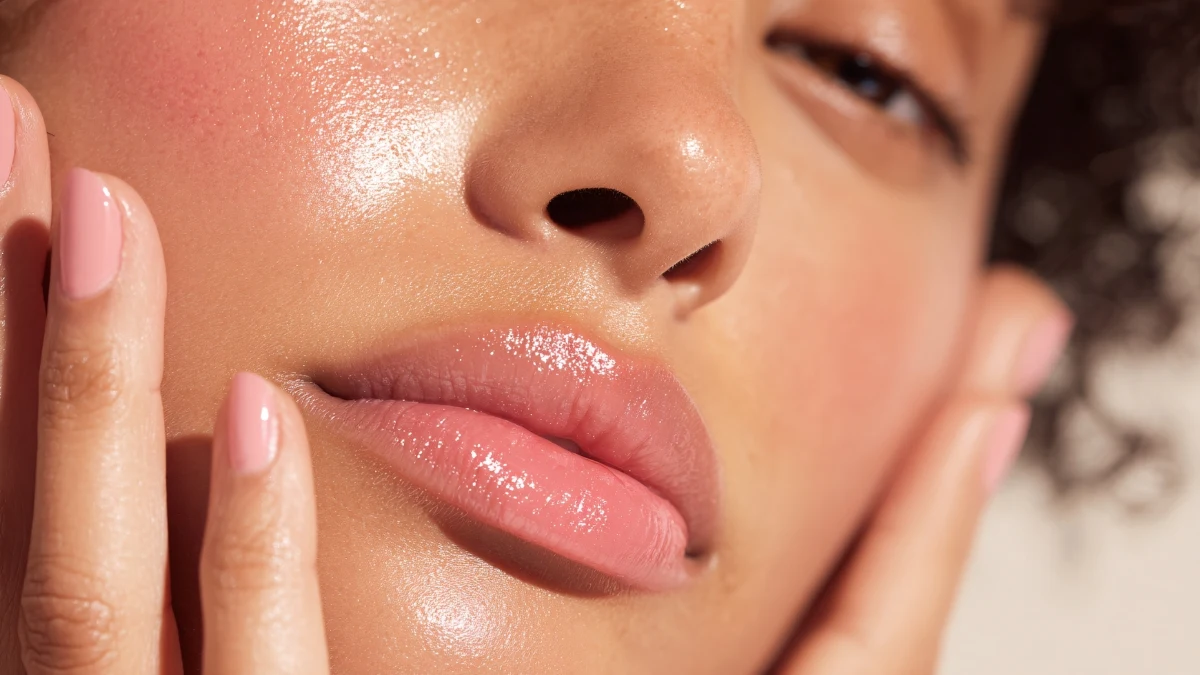
Your skin is 64% water. But here’s what skincare companies don’t tell you. Drinking plain water barely reaches your skin cells. The water you drink goes to your vital organs first.
Your skin needs nutrients to hold onto water. Think of nutrients like tiny sponges inside your skin cells. Without them, water passes right through.
A 2019 study tracked women who ate more hydrating foods. After 8 weeks, their skin hydration improved by 25%. The control group who just drank more water? No change.
Surface creams only reach the top layer of skin. But foods for glowing skin work at the cellular level. They deliver vitamins, minerals, and antioxidants that help skin cells store water better.

Here’s the key difference. Water-rich foods like watermelon contain electrolytes and vitamins. These nutrients help your skin cells grab and keep moisture. Plain water can’t do this alone.
Research from the Journal of Clinical Medicine shows antioxidant-rich foods boost skin elasticity by 16% in 12 weeks. The reason? These nutrients protect the proteins that keep your skin firm and hydrated.
Bottom line: Your skin needs nutrient-dense, hydrating foods to look plump and dewy.
15 Powerhouse Hydrating Foods for Radiant Skin
These hydrating foods for skin work better than expensive serums. Each one delivers water plus the nutrients your skin cells actually need to stay plump.
1. Watermelon
92% water content makes this nature’s hydration hero. But the real magic is lycopene. This red pigment protects your skin from sun damage while you hydrate.
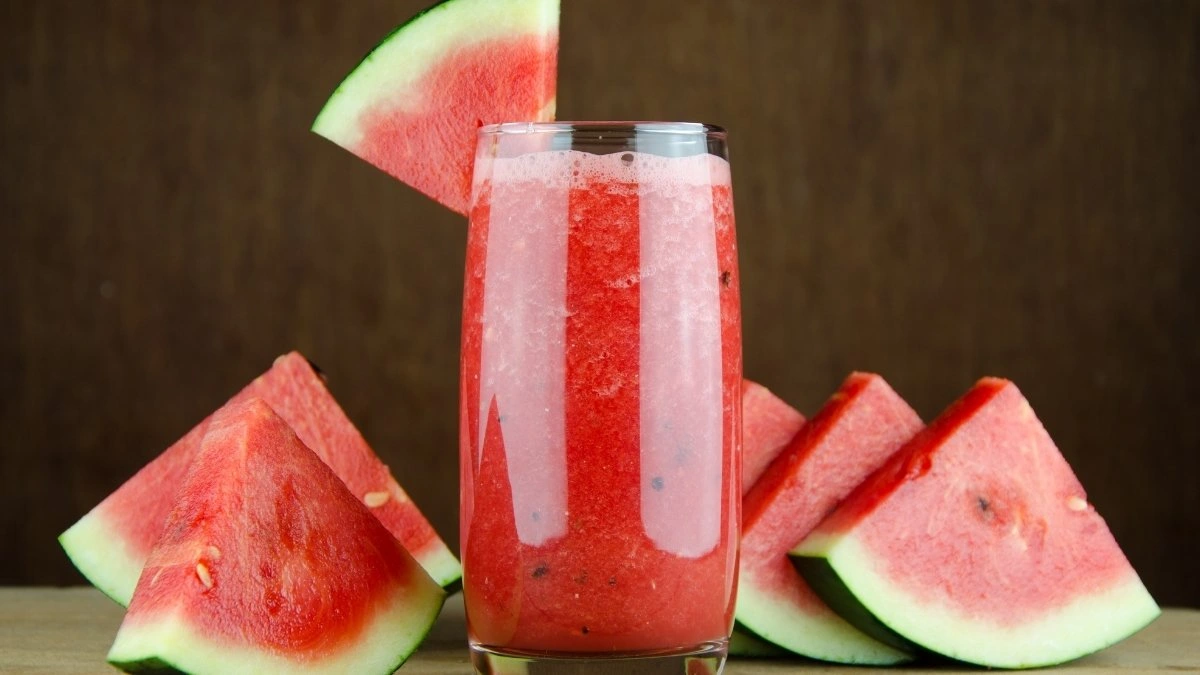
A study in the British Journal of Dermatology found lycopene reduces skin redness by 40%. Your skin gets protection and moisture in every bite.
Best way to eat it: Fresh chunks in the morning. The natural sugars help your body absorb the water faster. Aim for 1 cup daily during summer.
2. Cucumber
Silica in cucumbers builds stronger skin structure. This mineral helps your skin hold water better. Plus, cucumbers are 96% water.
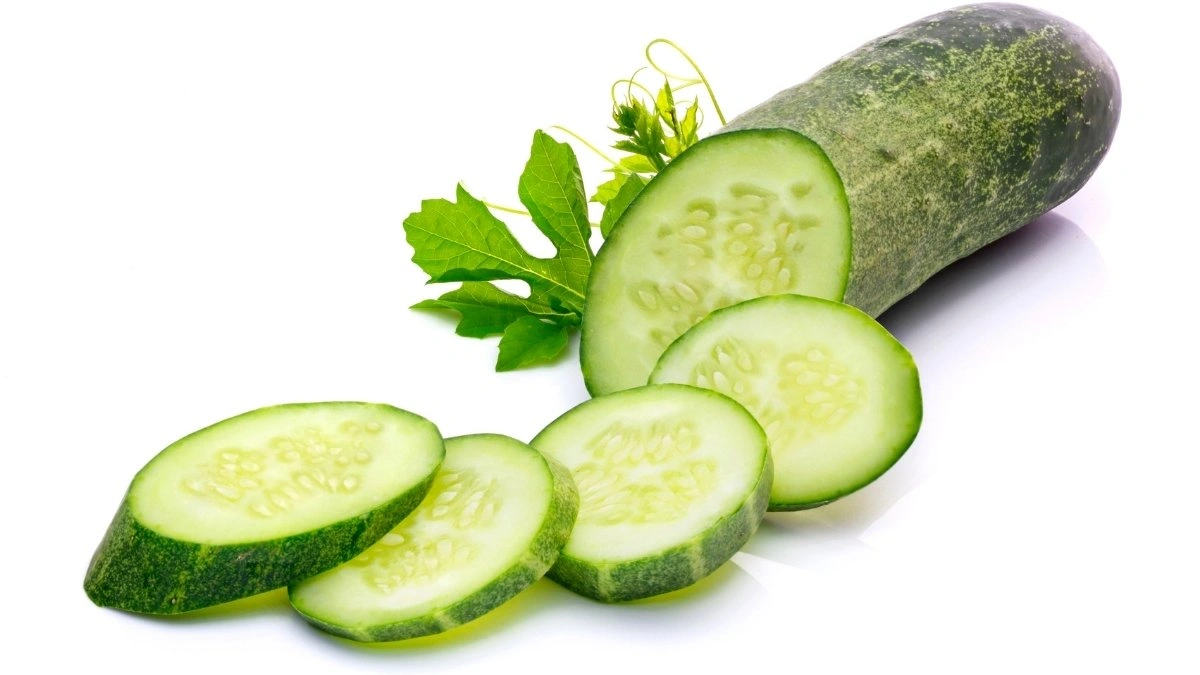
The cooling effect isn’t just in your head. Cucumbers contain compounds that actually lower skin temperature. Perfect for puffy, irritated skin.
Best prep: Eat with the peel on. That’s where most of the silica lives. Add 1/2 cucumber to your daily salad or smoothie.
3. Avocado
Healthy fats help your skin absorb water-soluble vitamins. Without fat, your body can’t use vitamins A, D, E, and K properly. These vitamins keep skin cells healthy.
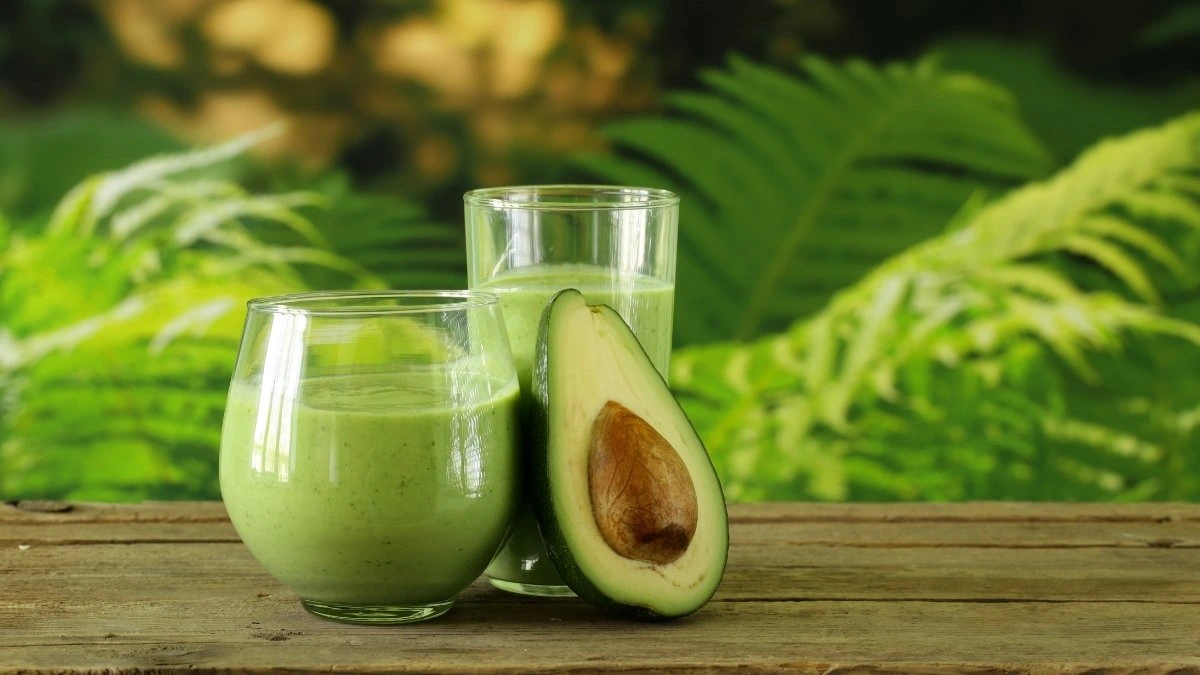
Vitamin E in avocados protects cell membranes from damage. Damaged cells can’t hold water well. One avocado gives you 20% of your daily vitamin E needs.
Pro tip: Eat avocado with tomatoes or bell peppers. The fat helps you absorb their vitamin C better. Half an avocado daily is perfect.
4. Sweet Potato
Beta-carotene turns into vitamin A in your body. Vitamin A speeds up skin cell turnover. This means fresher, more hydrated skin cells reach the surface faster.
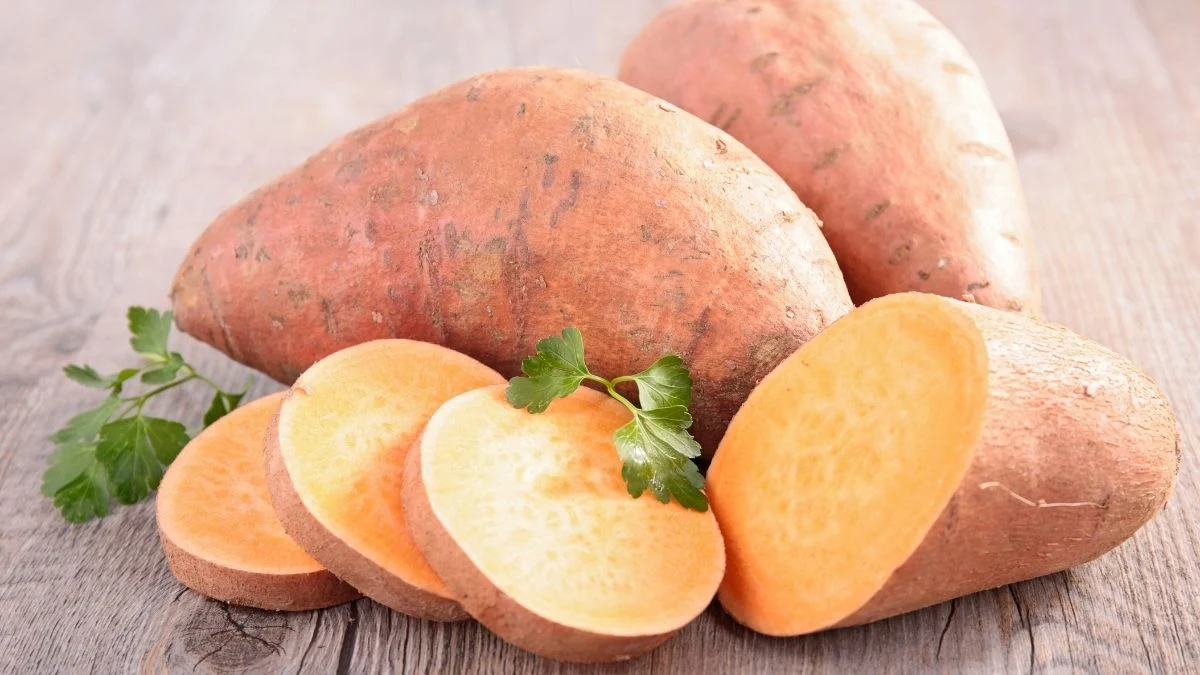
Research shows people with higher vitamin A levels have 23% better skin hydration. One medium sweet potato gives you 400% of your daily needs.
Cook it right: Bake with the skin on. Roasting increases the available beta-carotene by 40%. Eat one medium sweet potato 3 times per week.
5. Tomatoes
Lycopene acts like internal sunscreen. It builds up in your skin and protects against UV damage. Damaged skin loses water fast.
Cooked tomatoes have 5 times more available lycopene than raw ones. The heat breaks down cell walls so your body absorbs more.
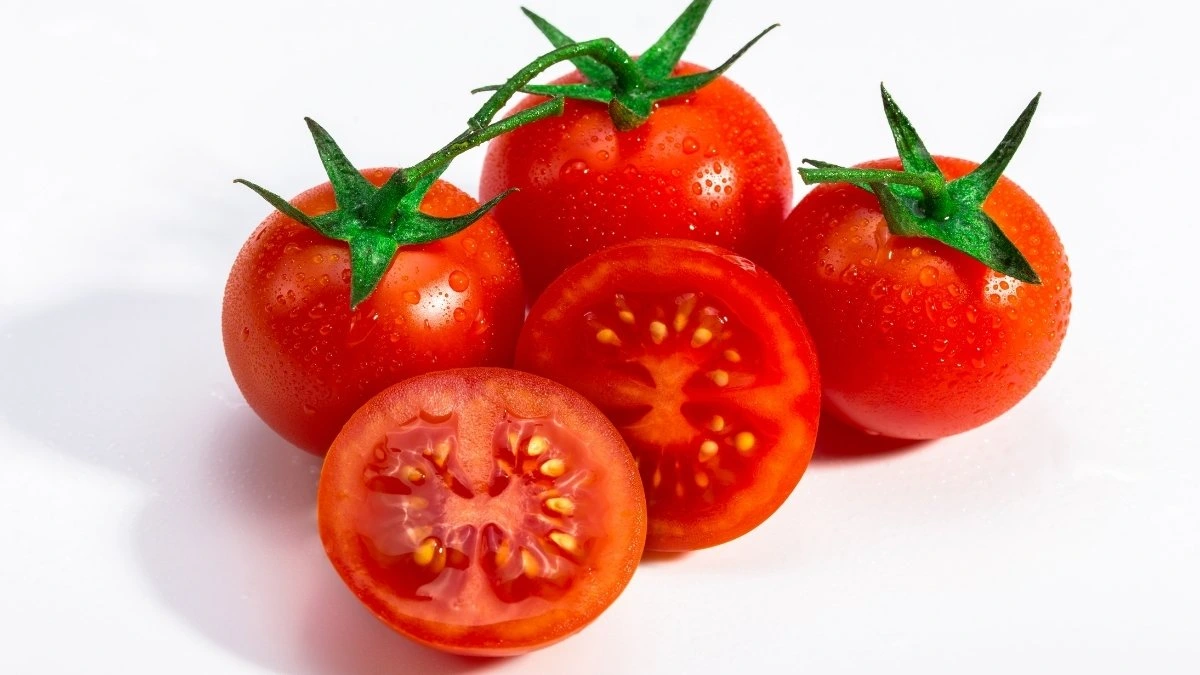
Best method: Make tomato sauce or soup. Add olive oil to boost absorption. Aim for 1/2 cup cooked tomatoes daily.
This dewy skin diet approach gives you visible results in 4-6 weeks. These foods for glowing skin work from the inside out where creams can’t reach.
6. Spinach
Iron in spinach carries oxygen to your skin cells. Without oxygen, cells can’t make the proteins that hold water. One cup of spinach gives you 20% of your daily iron needs.
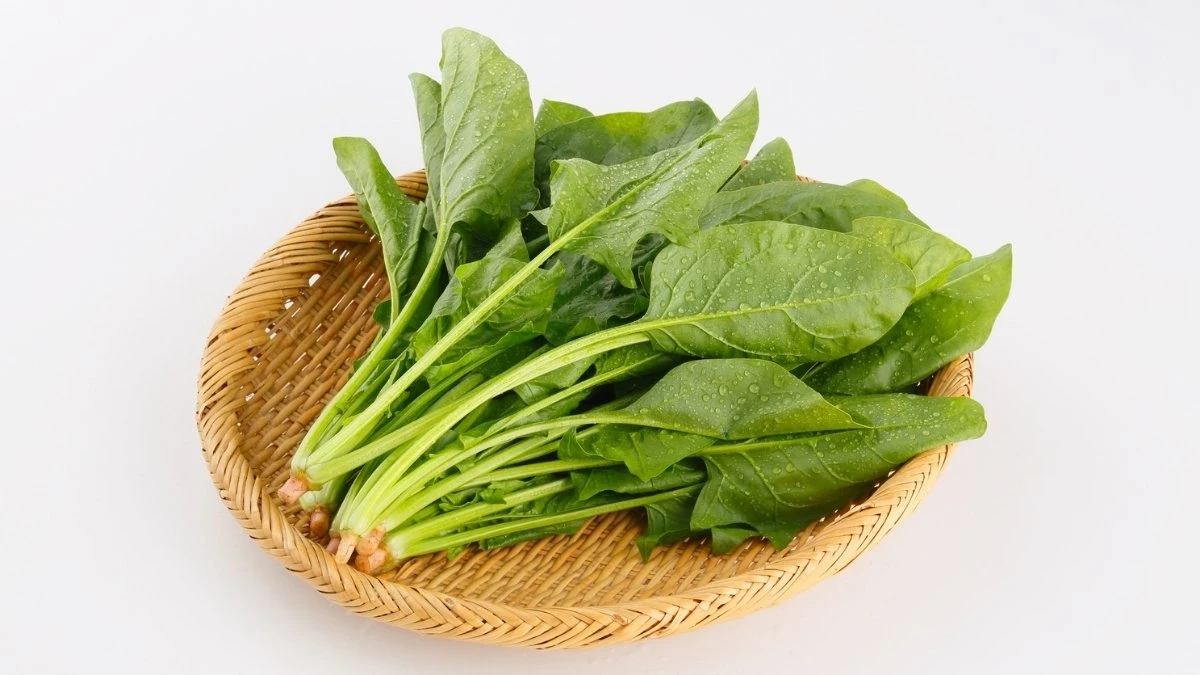
Folate helps build new skin cells faster. Vitamin K reduces dark circles by improving blood flow. Studies show people with higher vitamin K levels have 30% less under-eye darkness.
Eat it raw in salads or blend into smoothies. Cooking destroys some folate. Aim for 2 cups of fresh spinach weekly.
7. Bell Peppers
Red bell peppers have more vitamin C than oranges. One red pepper gives you 190% of your daily vitamin C. Your body uses this to make collagen.
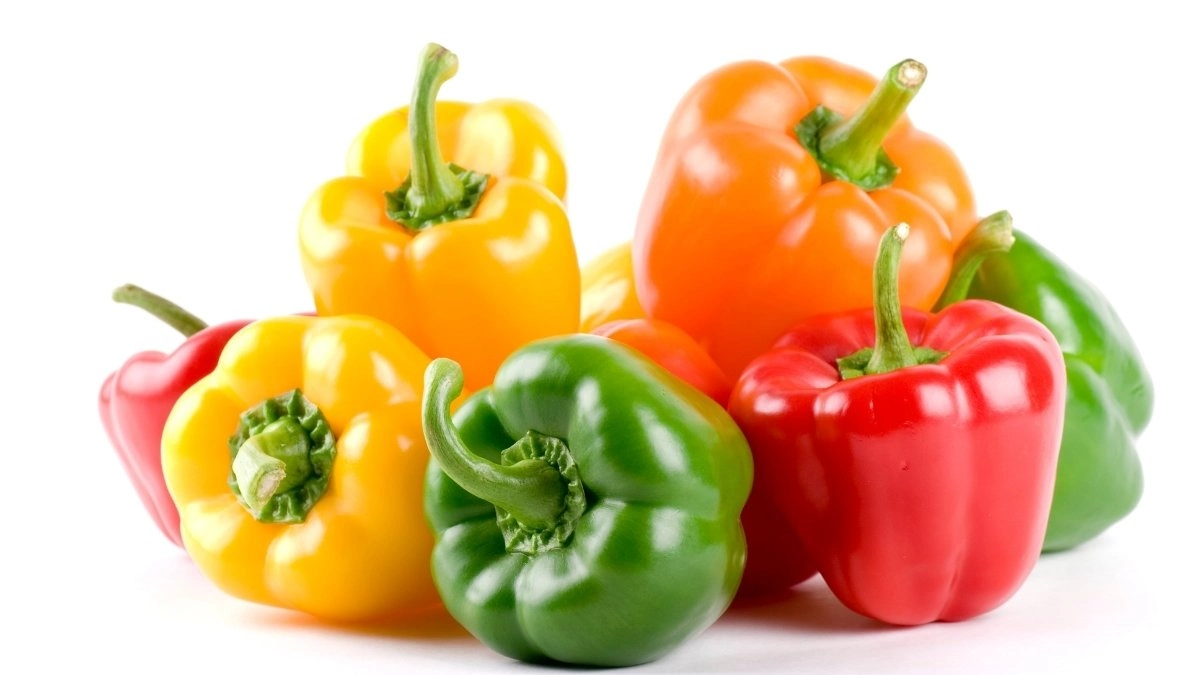
Collagen is what keeps your skin plump and bouncy. Without enough vitamin C, collagen breaks down. Your skin gets saggy and loses water faster.
Yellow and red peppers work best. Green ones aren’t ripe yet and have less vitamin C. Eat them raw for maximum benefits. Half a pepper daily does the trick.
8. Berries
Anthocyanins give berries their deep colors and protect your skin. These compounds stop free radicals from damaging skin cells. Damaged cells leak water like broken balloons.
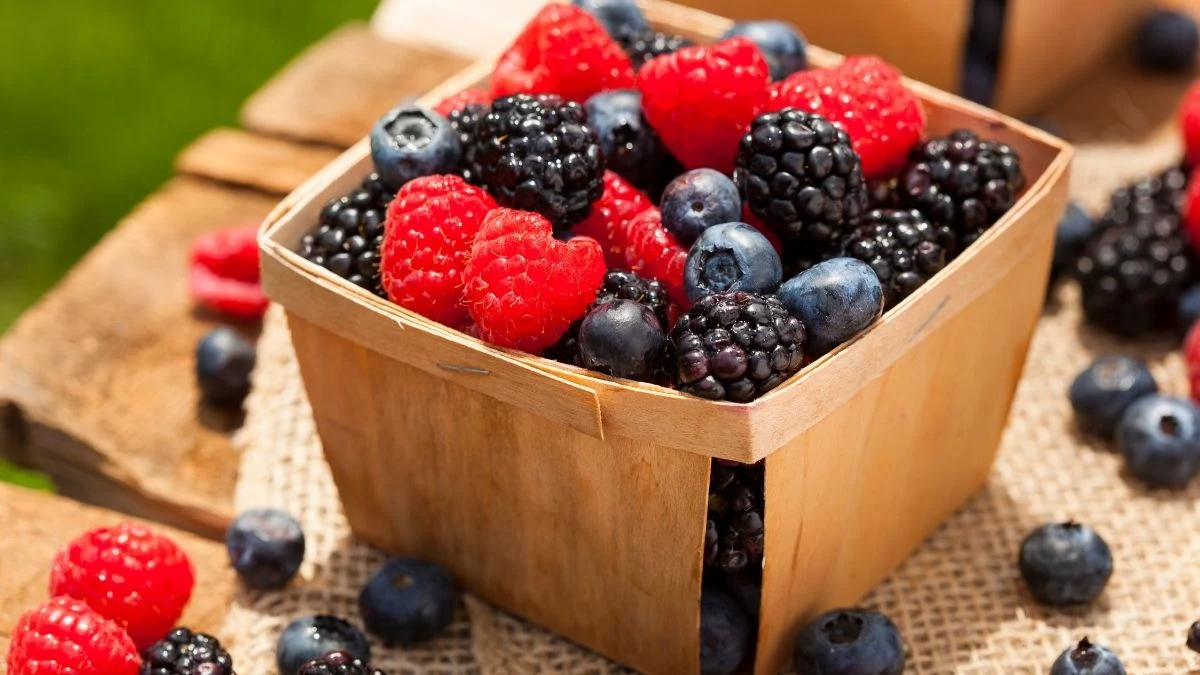
Blueberries top the charts with 13,427 antioxidants per cup. Strawberries are 91% water plus vitamin C. Raspberries have fiber that feeds good gut bacteria.
Frozen berries work just as well as fresh. Mix different types for maximum benefits. Eat 1/2 cup daily. Add them to yogurt or smoothies.
9. Green Tea
EGCG in green tea reduces skin inflammation by 58%. Inflamed skin can’t hold water properly. This compound also protects against sun damage.
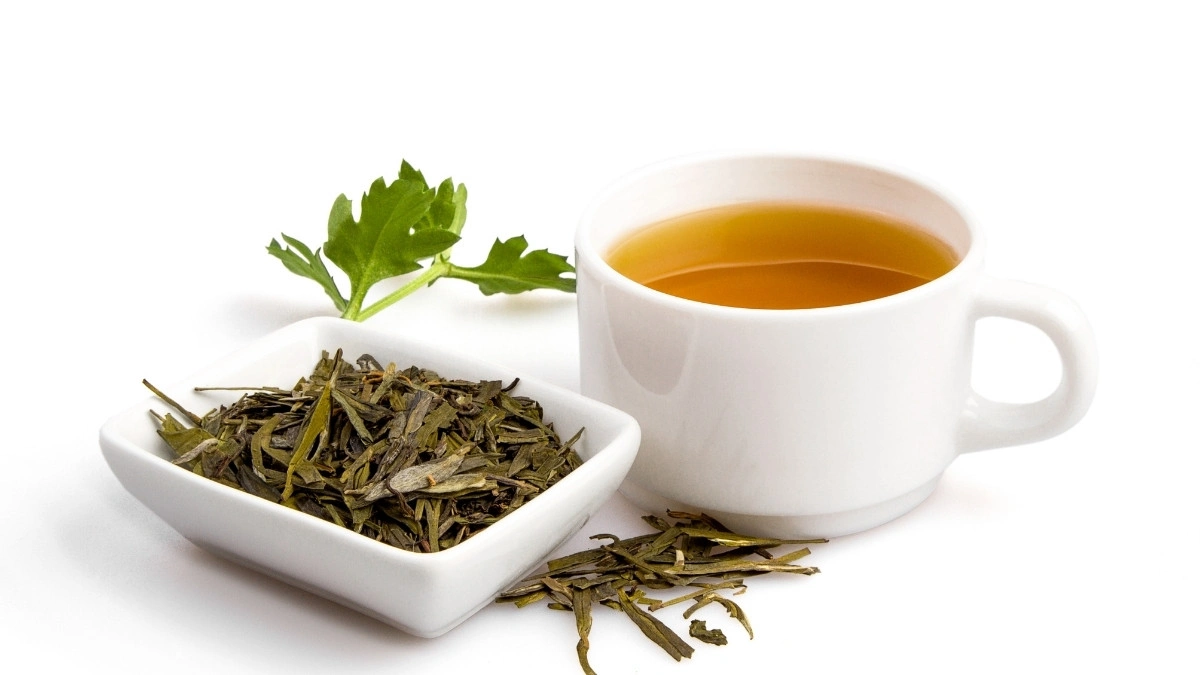
Green tea contains caffeine that boosts blood flow to your skin. Better circulation means more nutrients reach skin cells. Studies show 3 cups daily improve skin texture in 8 weeks.
Don’t add milk – it blocks antioxidant absorption. Steep for 3-5 minutes to get the most EGCG. Drink it between meals, not with food.
10. Fatty Fish
Omega-3 fats strengthen your skin barrier. A strong barrier keeps water in and irritants out. Salmon, sardines, and mackerel are the best sources.
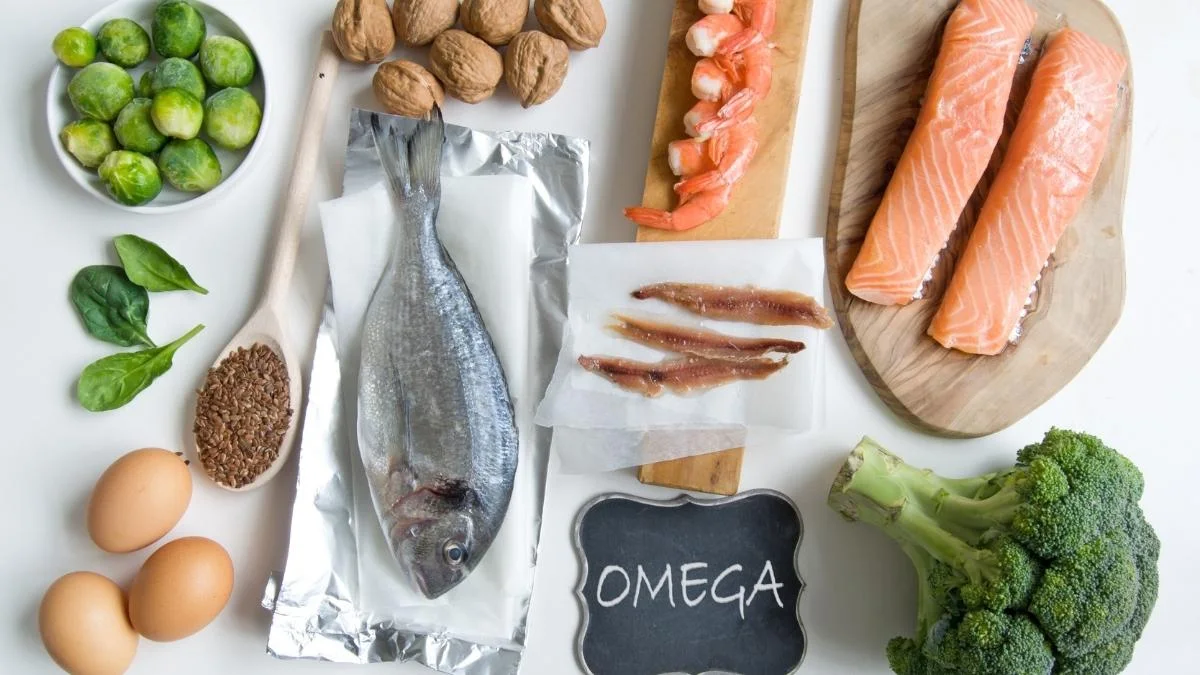
Protein in fish provides amino acids for collagen production. One study found people who ate fish twice weekly had 25% fewer wrinkles after 6 months.
Wild-caught fish has more omega-3s than farmed. Aim for 2 servings per week. Canned sardines and salmon work great and cost less.
11. Citrus Fruits
Oranges are 87% water plus vitamin C for collagen. Grapefruit has naringenin that boosts skin repair. Lemons have citric acid that helps absorb iron from other foods.
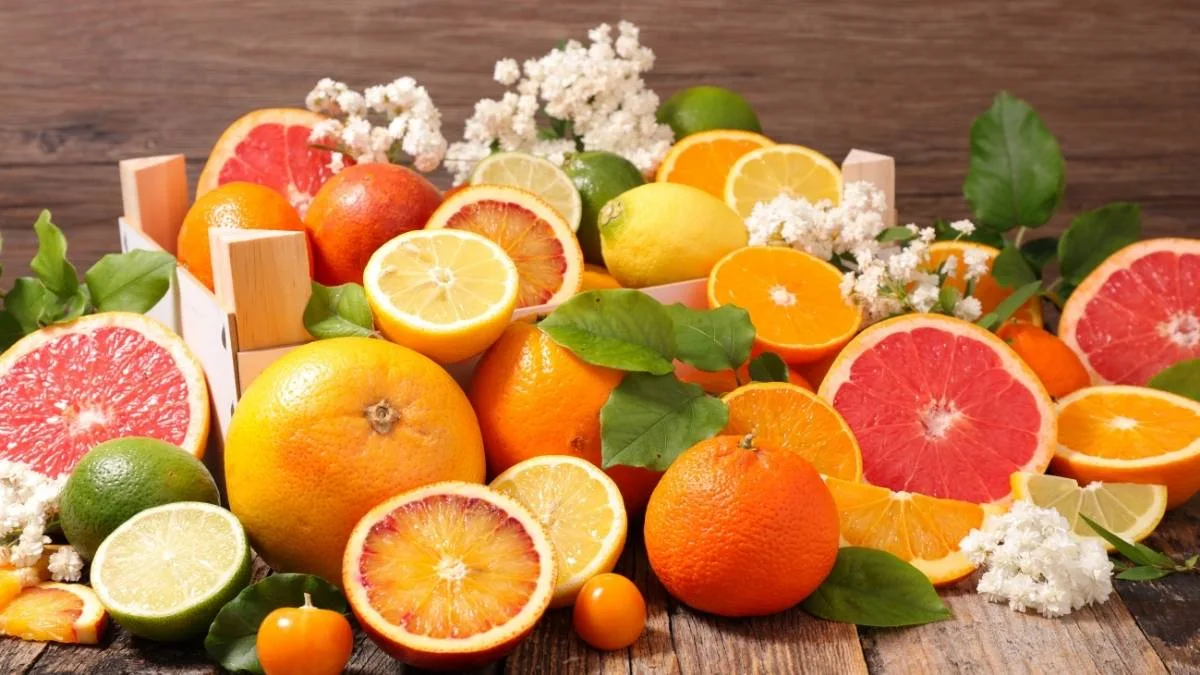
The white part under the peel contains hesperidin. This compound strengthens tiny blood vessels in your skin. Better blood flow means better hydration.
Eat the whole fruit, not just juice. Fiber slows sugar absorption and feeds good bacteria. One piece of citrus fruit daily gives you what you need.
12. Coconut Water
Natural electrolytes balance water in your cells. Sports drinks are loaded with fake colors and sugar. Coconut water has potassium, magnesium, and calcium naturally.
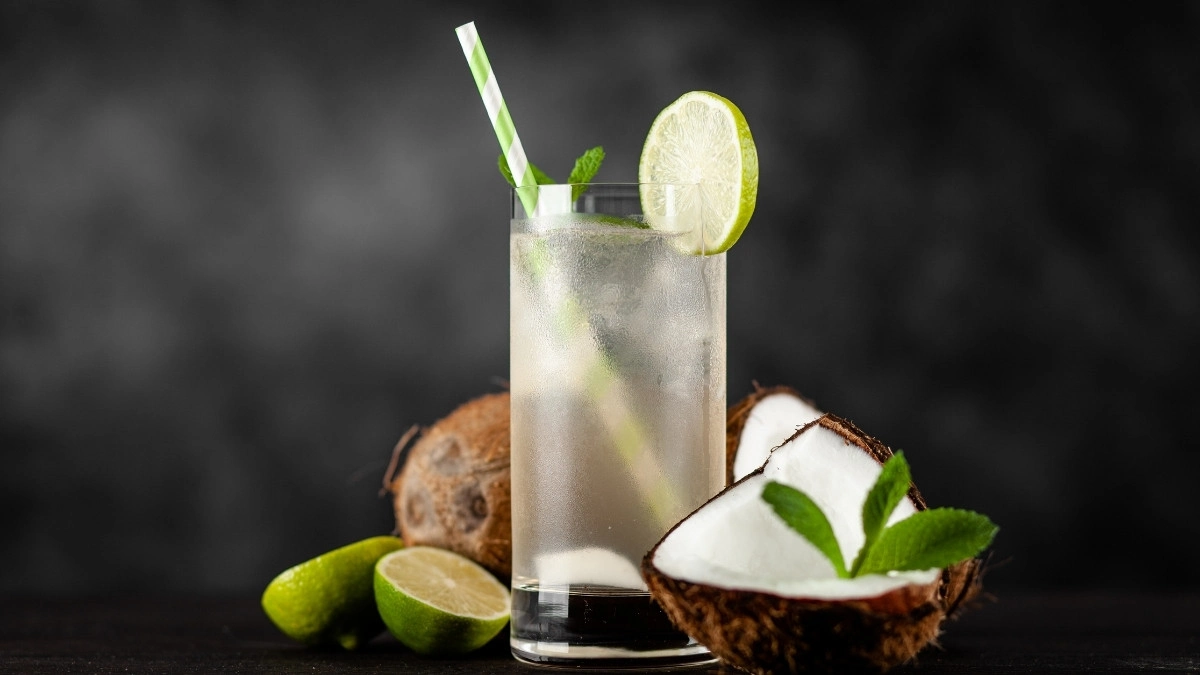
One cup has more potassium than a banana. Potassium helps cells hold onto water. Studies show it reduces puffiness and improves skin texture.
Choose brands with no added sugar. Drink 8 oz after workouts or in hot weather. It works better than plain water for rehydration.
13. Greek Yogurt
Probiotics in yogurt improve your gut-skin connection. Poor gut health shows up as dull, problem skin. Good bacteria help you absorb skin-loving nutrients better.
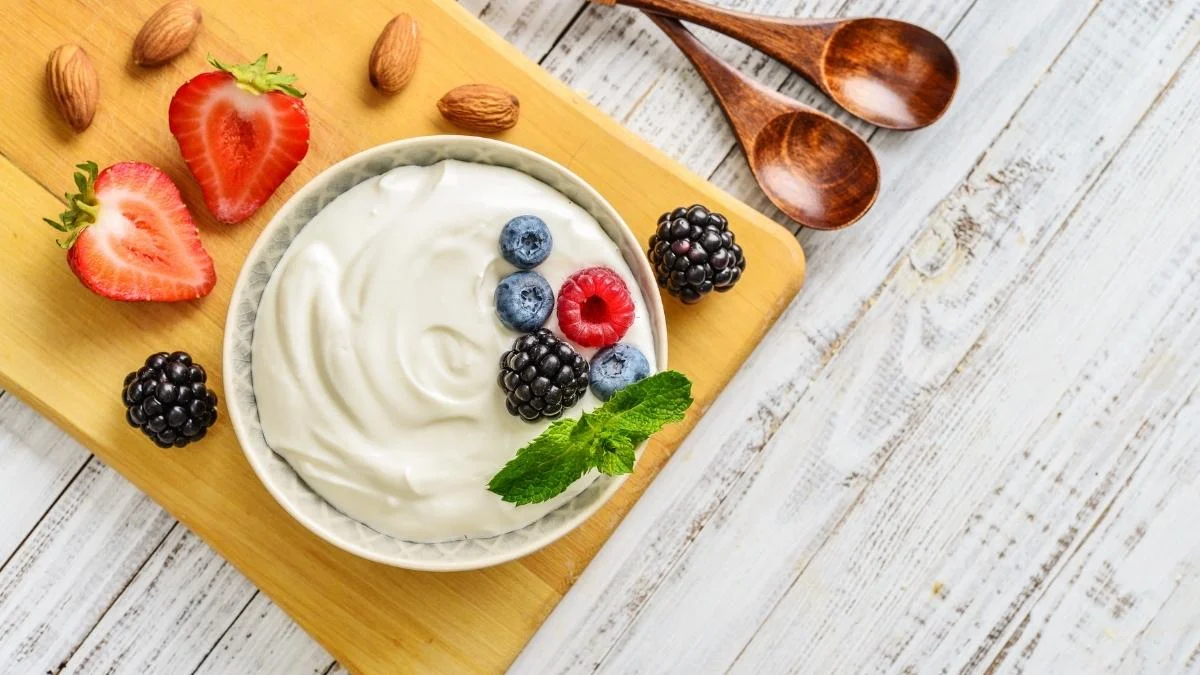
Protein builds and repairs skin cells. Lactic acid gently removes dead skin cells. One study found people who ate yogurt daily had 40% less acne.
Choose plain, full-fat versions. Added sugars feed bad bacteria. Aim for 1/2 cup daily. Top with berries for extra antioxidants.
14. Almonds
Vitamin E protects skin cell membranes from damage. Healthy membranes hold water better. One ounce of almonds gives you 37% of your daily vitamin E needs.
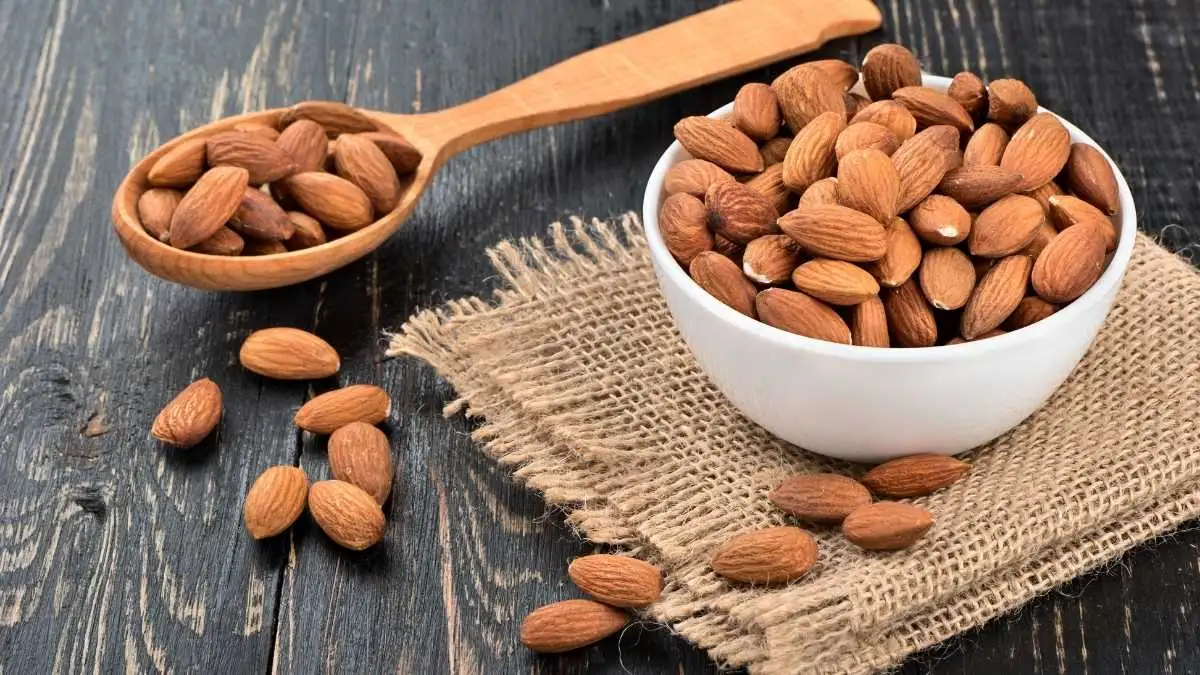
Healthy fats help your body make hormones that keep skin smooth. Protein provides building blocks for new skin cells. Magnesium reduces stress hormones that age skin.
Raw almonds are best – roasted ones lose some vitamin E. Eat 1 ounce (about 23 almonds) daily. Soak them overnight to make them easier to digest.
15. Dark Chocolate
Flavonoids boost blood flow to skin by 25%. Better circulation delivers more nutrients and water to skin cells. Choose chocolate with 70% cacao or higher.
Studies show people who ate dark chocolate daily had smoother, more hydrated skin after 12 weeks. The key is moderation – too much sugar cancels out benefits.
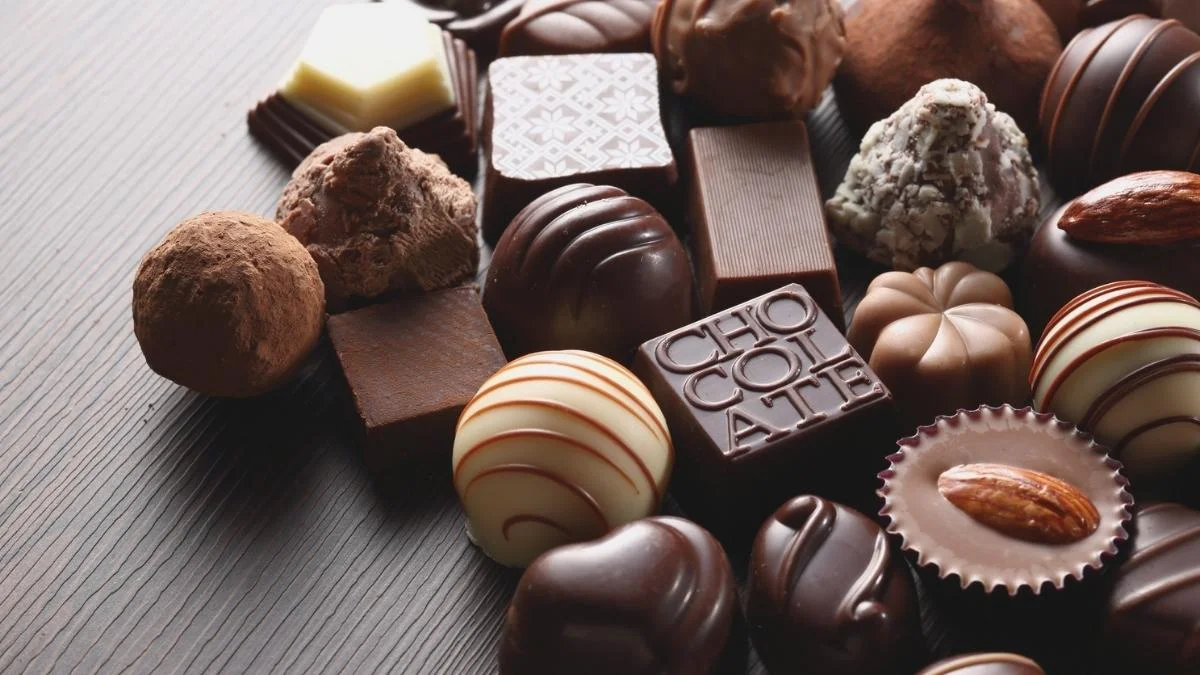
One ounce daily is the sweet spot. That’s about 2-3 small squares. Eat it with berries to double the antioxidant power.
These hydrating foods for skin work as a team. Mix different ones throughout your week for the best results in your dewy skin diet.
Conclusion:
These 15 hydrating foods for skin work where expensive creams can’t reach. Watermelon and cucumber flood your cells with water. Berries and green tea fight the damage that makes skin leak moisture.
Sweet potatoes and fatty fish build stronger skin barriers. Greek yogurt and dark chocolate boost the blood flow that delivers nutrients to every skin cell.

Here’s what to expect: you’ll see small changes in 2-3 weeks. Your skin will feel less tight and look less dull. The real transformation happens at 4-6 weeks when your skin cells have had time to rebuild with better nutrition.
Consistency beats perfection every time. You don’t need to eat all 15 foods daily. Pick the ones you actually enjoy and stick with them.
Your skin replaces itself every 28 days. Feed it well during that process and you’ll see the difference. Skip a few days here and there? That’s normal. Just get back to it.
Start with just 3 of these hydrating foods this week and gradually add more. Add watermelon to breakfast, snack on almonds, drink green tea instead of coffee. Your skin will thank you in ways no expensive cream ever could.
The secret to dewy skin was in your kitchen all along.

